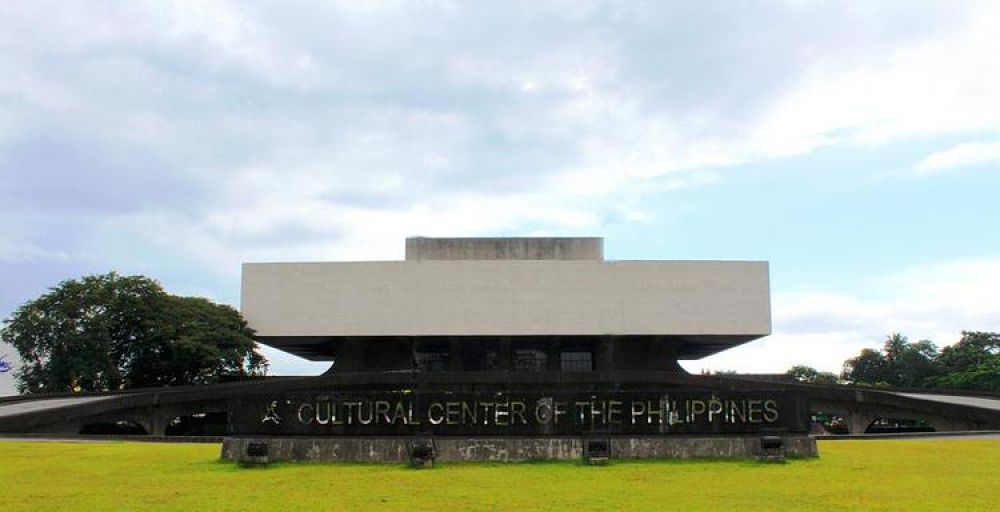

The Cultural Center of the Philippines (CCP), located in the heart of Manila, stands as a testament to the country's commitment to the preservation and promotion of Filipino arts and culture. Inaugurated in 1969 during the presidency of Ferdinand Marcos, the center was part of the administration's efforts to cultivate the cultural landscape of the Philippines.
The establishment of the CCP marked a significant development in the history of tourism in the Philippines. It was envisioned to draw both locals and tourists to experience top-notch cultural performances and exhibitions. Over the years, CCP has successfully placed Manila on the international arts scene, drawing interest from global cultural enthusiasts and facilitating cultural exchange.
Tourism at the CCP has revolved around its offerings of various performances, such as classical music concerts, ballets, theatrical plays, and traditional Filipino dances. The complex itself is an architectural marvel, designed by National Artist for Architecture, Leandro Locsin, which further attracts architectural aficionados.
Since its inception, the CCP has undergone numerous developments to enhance its facilities and accommodate the growing interest in Philippine arts. The expansion of its venues and renovation of existing facilities have enabled it to host large-scale international and local events.
Recently, the CCP embraced the latest tourism trends by integrating technology in promoting its events and improving visitor experiences. There is a focus on creating an online presence through virtual tours and streaming of performances, in response to the increased demand for digital content and the constraints brought about by the global pandemic.
Sustainable tourism is also becoming a focal point, with efforts to adopt eco-friendly practices in the center's operations and events management to attract environmentally-conscious travelers.
Tourists visiting the Cultural Center of the Philippines can expect a vibrant showcase of Filipino talent and a diverse range of cultural experiences. The CCP Complex is also part of a larger entertainment area with attractions such as the Manila Film Center and the Philippine International Convention Center.
Future plans to further develop the area and improve tourist facilities suggest that the CCP will continue to be a cornerstone of cultural tourism in the Philippines. For anyone looking to immerse themselves in the rich tapestry of Filipino arts, the CCP stands as a must-visit destination.
Visitors are encouraged to engage with the local culture through interactive workshops, educational talks, and guided tours, which are often held at CCP. These initiatives provide deeper insights into the artistic heritage of the Philippines and contribute to a meaningful cultural exchange between Filipinos and their international guests.
The Cultural Center of the Philippines continues to be a shining beacon of cultural pride for Filipinos, embodying the spirit of artistic excellence and cultural heritage, making it a cornerstone of Manila's tourist attractions.